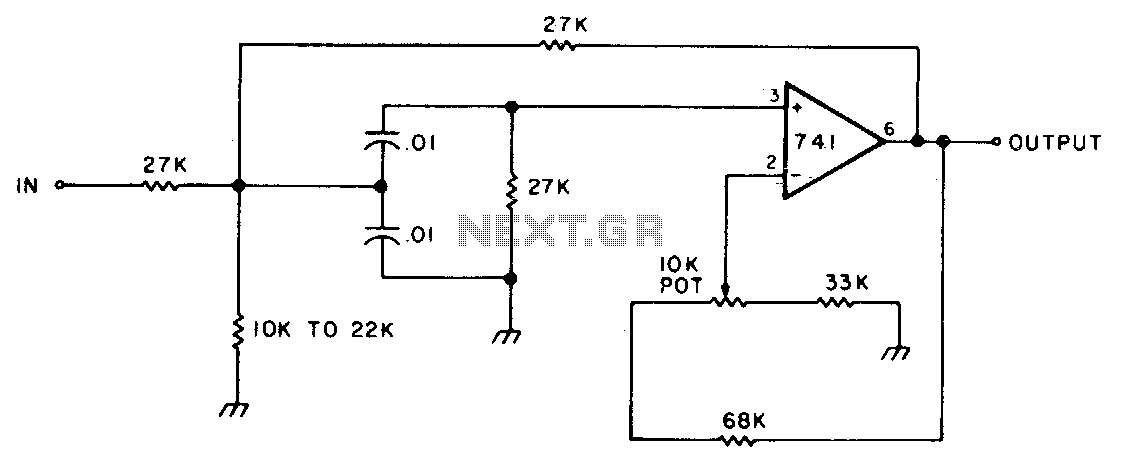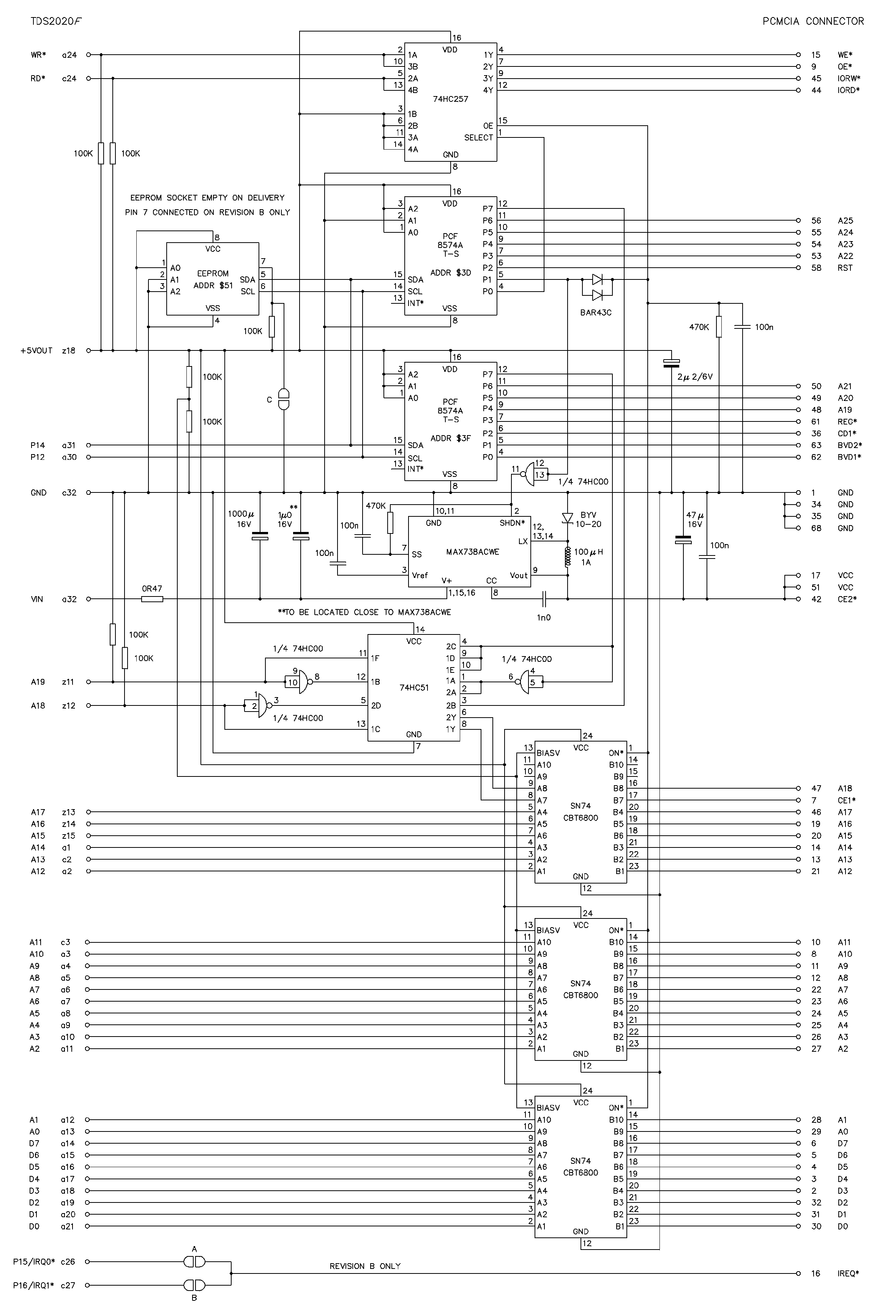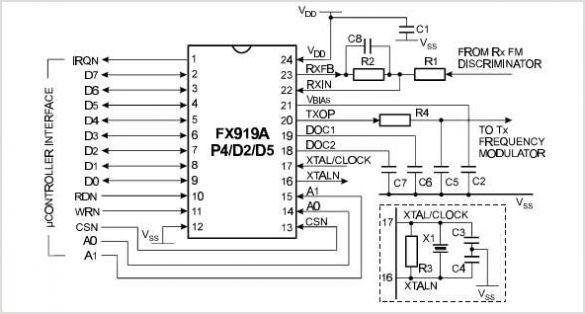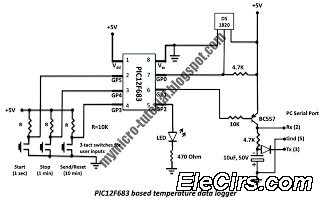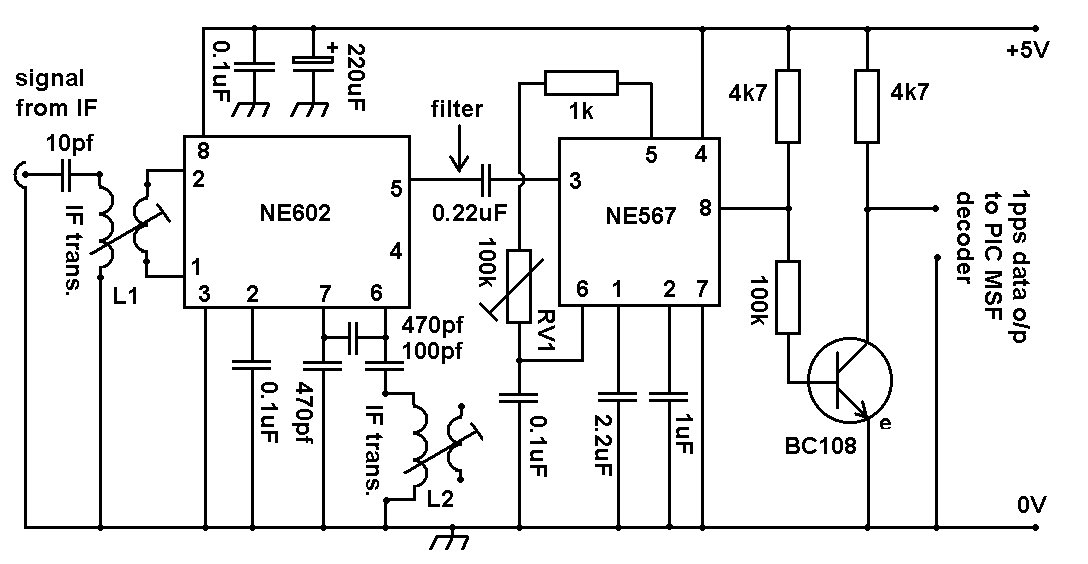
Wide Band O2 and data logger for 84-89 Carrera
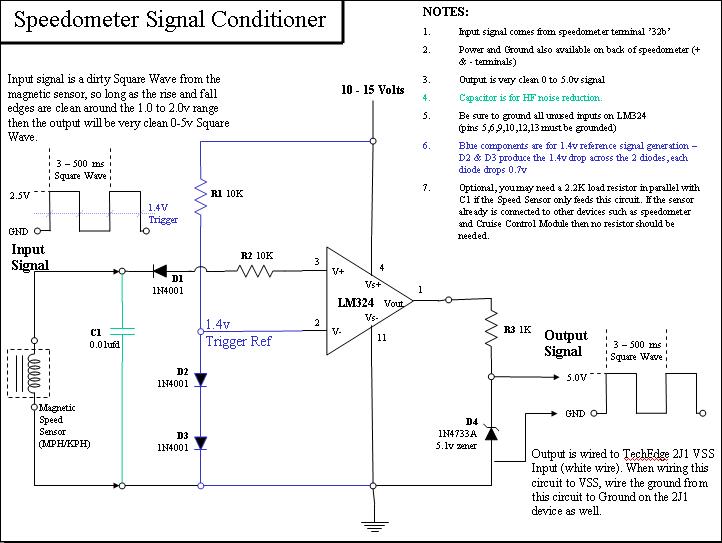
Sal, thank you for the response. If the plugs could be acquired and the signals transmitted to the PC using the software you are utilizing...
The circuit design involves the integration of plugs that can be connected to a signal source, allowing for the transmission of data to a personal computer (PC). The primary components of this schematic include the plugs, signal conditioning circuitry, and a communication interface to the PC.
The plugs serve as the input interface where the signals are captured. These plugs can be of various types depending on the nature of the signals, such as audio, digital, or analog. The selection of plugs should match the signal characteristics to ensure accurate data acquisition.
Once the signals are captured, they are fed into signal conditioning circuitry. This circuitry may consist of amplifiers, filters, and analog-to-digital converters (ADCs) to prepare the signals for processing. Amplifiers boost the signal strength for better clarity, while filters eliminate unwanted noise that could interfere with the data. The ADC converts the analog signals into digital format, making them compatible with the PC.
The communication interface, which could be USB, serial, or wireless, facilitates the transfer of the conditioned signals to the PC. The software running on the PC processes the incoming data, allowing for analysis, visualization, or further manipulation of the signals.
Overall, this schematic outlines a system designed for efficient signal acquisition and processing, ensuring that the data collected is accurate and readily usable for various applications.Originally Posted by CliffBrown Sal Thanks for the reply. If the plugs could be purchased and the signals fed to the PC with the software you`re using .. 🔗 External reference
The circuit design involves the integration of plugs that can be connected to a signal source, allowing for the transmission of data to a personal computer (PC). The primary components of this schematic include the plugs, signal conditioning circuitry, and a communication interface to the PC.
The plugs serve as the input interface where the signals are captured. These plugs can be of various types depending on the nature of the signals, such as audio, digital, or analog. The selection of plugs should match the signal characteristics to ensure accurate data acquisition.
Once the signals are captured, they are fed into signal conditioning circuitry. This circuitry may consist of amplifiers, filters, and analog-to-digital converters (ADCs) to prepare the signals for processing. Amplifiers boost the signal strength for better clarity, while filters eliminate unwanted noise that could interfere with the data. The ADC converts the analog signals into digital format, making them compatible with the PC.
The communication interface, which could be USB, serial, or wireless, facilitates the transfer of the conditioned signals to the PC. The software running on the PC processes the incoming data, allowing for analysis, visualization, or further manipulation of the signals.
Overall, this schematic outlines a system designed for efficient signal acquisition and processing, ensuring that the data collected is accurate and readily usable for various applications.Originally Posted by CliffBrown Sal Thanks for the reply. If the plugs could be purchased and the signals fed to the PC with the software you`re using .. 🔗 External reference
